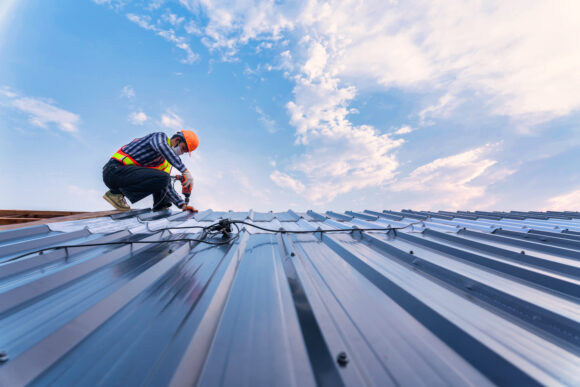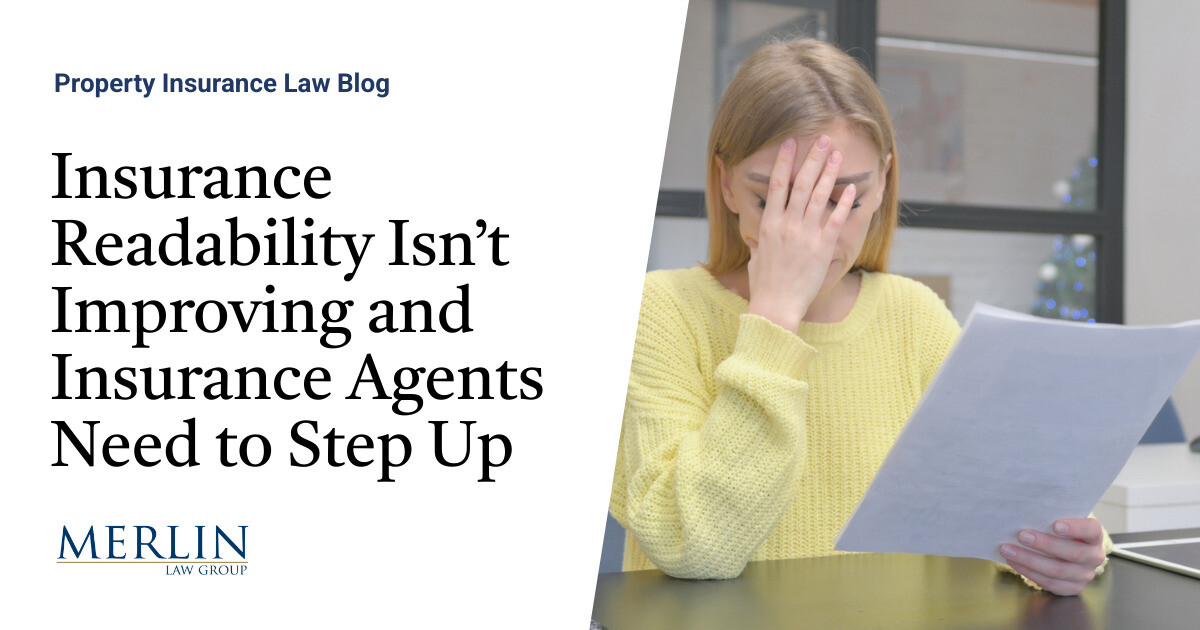
The bite of winter and early spring storms pack a punch that could impact the condition of all commercial building types.Consider this true claim story: As in this case, damage and repair costs can escalate quickly when a regular inspection is put off.As the weather improves, now is the time to identify any roof damage that may have occurred over the winter months.
4 best practices for preventing and minimizing roof damage Roof inspections may not only detect current leaks that were not otherwise obvious but can help detect smaller issues that may lead to roof leaks and allow time for proactive repairs to prevent water damage.1.Schedule regular inspections It’s imperative to perform regular roof inspections to detect any deficiencies that may lead to damage.
You may also uncover damage to building contents that have already occurred.Quarterly intervals are a good rule of thumb for scheduling inspections.Weather permitting, you can plan for inspections on the first day of each season or any other four dates that occur about three months apart.
Self-inspections are an acceptable practice where it is safe to do so.Know your limits and if in doubt, hire a licensed roofing contractor.2.
Know what to look for Depending on the type of roof you’re inspecting, you’ll need to know exactly where to look for damage, deterioration and hazards.Look for the following: 3.Enlist the help of a professional Roof damage and leaks must be repaired quickly before any more damage occurs to the building and/or its contents.
Hire an experienced commercial roofing professional who will perform the inspection, detail any damages and provide an estimate for repair.TIP: Use the right professional for the job.For example, tree trimming should be left to experienced tree services even if a roofer offers to address the issue.
Similarly, have an experienced roofer patch your roof, not a local handyman.4.Check your warranty The cost of repairing a defective product or improper installation could be the responsibility of the roofing materials manufacturer or contractor.
The installing contractor can help you understand what damage might qualify as warranty work, especially for newer roofs.Note, warranties vary greatly among roofing systems, manufacturers and contractors.Have a question on how to mitigate risk? Email [email protected] for a chance to see your question answered in a future blog.
Publisher: Insurance Journal








